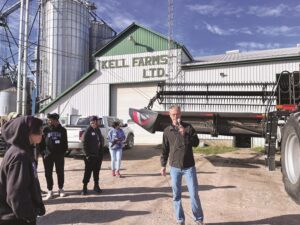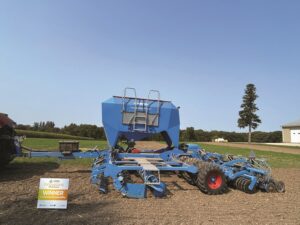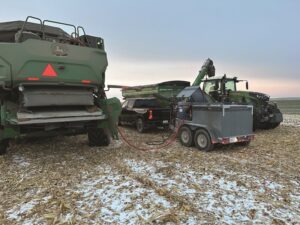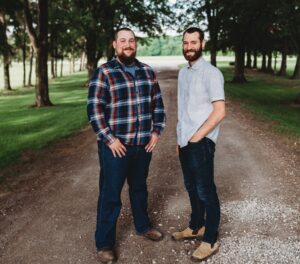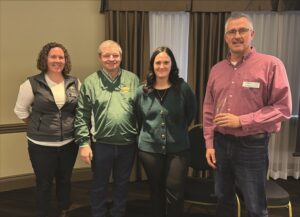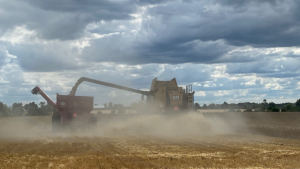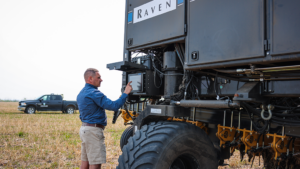Healthcare, close to home
An MRI machine is coming to Palmerston
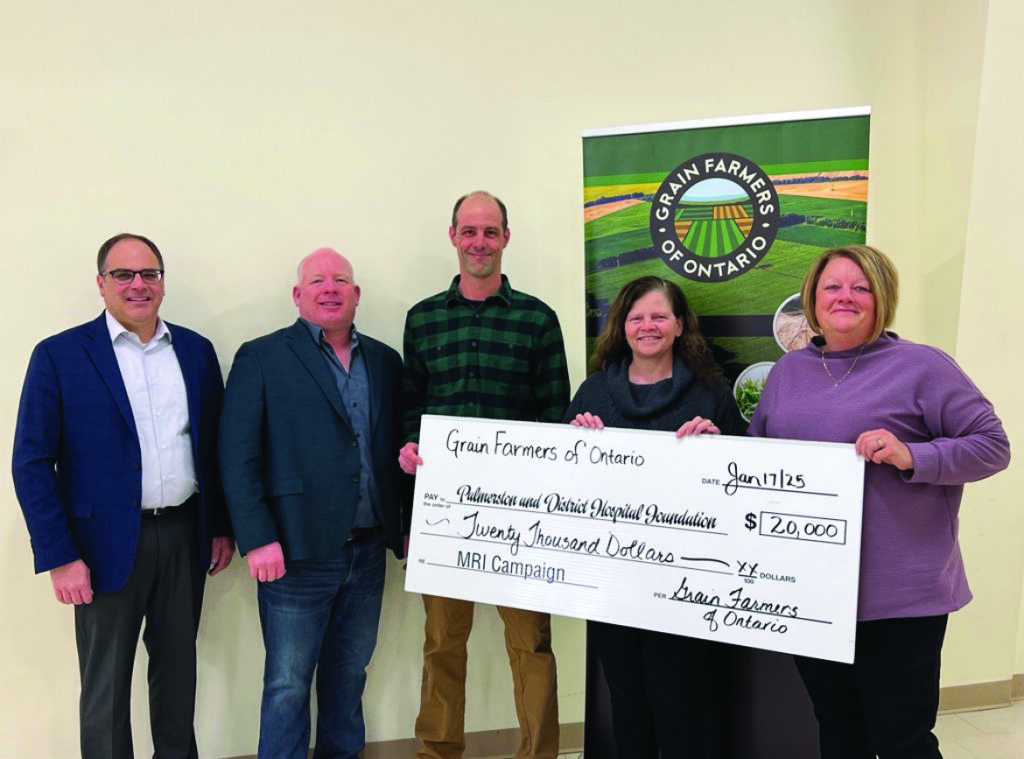
Mark Leslie, owner of Leslie Motors Ltd. in Harriston, Wingham, and Walkerton, recalls travelling from his home in Minto Township to Guelph at 3 a.m. for an MRI—a trip that local residents won’t have to make in the near future once an $8 million project to fund an MRI machine at the Palmerston & District Hospital comes to fruition.
“It would be nice to come to Palmerston at 4 o’clock in the afternoon instead,” says Leslie, who co-chairs the community fundraising campaign.
“Our region is the most underserved area in Ontario,” says Leslie’s co-chair, Dan Hill, president and CEO of Germania Mutual Insurance Company. “The value of having quality healthcare close to home is so important.”
REGIONAL IMPACT
“Palmerston is in the middle of what I call the black hole of MRI services in southwestern Ontario,” says North Wellington Health Care CEO Angela Stanley. “Most of our patients have to travel upwards of an hour or more to get an MRI, and if we have one that’s centrally located, it serves a vast majority of communities.”
While the Ontario government’s 2022 announcement granting the Palmerston Hospital an MRI machine was welcomed by the community, it also presented a huge challenge: raising the funds necessary to purchase, install, and maintain the equipment. That’s because provincial funding only supports the staffing and operation of hospitals; community support is necessary to fund essential equipment. The MRI machine itself is estimated to cost $2.5 million, with renovations to the hospital and the training and education of staff making up the balance of the estimated project cost of $8 million.
By far, the MRI capital campaign is the largest campaign that the community has ever had to fund, says Dale Franklin, development officer with the Palmerston and District Hospital Foundation. She is working with a committee of more than 20 local residents who are championing the campaign, soliciting support from local businesses, industries, service groups, individuals, and memorial gifts.
The fundraising campaign, which officially launched in early 2024, aims to raise the $8 million needed for the project by 2027, with donors pledging committed funds over a period of up to five years.
“Looking at the $8 million as a whole, that’s pretty overwhelming to me,” says Franklin— but she’s confident that the generosity of the broader community will help the foundation meet its goal.
“We have some pledging and programming in place where you can donate $85 a month, which will bring you to $5,100 over the course of five years. If we had 1,600 families donate $5,000 over five years, that would be $8 million dollars.”
Since receiving its first donation in the summer of 2023, the Foundation has raised over $7.5 million, a remarkable achievement for the community. Franklin says that the MRI facility should be operational in early 2026.
A FARMING COMMUNITY
There are more than 1,600 farms in the Townships of Mapleton, Minto, and North Wellington, with hundreds more farming families in neighbouring communities in Perth, Grey, and Bruce Counties that will benefit from having a local MRI facility.
“The MRI will aid in reducing long wait time, travel to large urban centres, and stress of the cost of people from local communities to navigate the cities,” says committee member Danielle Schill, who, with her husband Pete, farms near Palmerston.
“Rural healthcare is crucial in sustaining our communities, and the implementation of MRI technology will help keep the hospital open to provide much-needed healthcare services along with employment in the rural area,” she continues.
Schill championed a proposal from District 10 (Wellington, Bruce, Grey) to support the project through Grain Farmers of Ontario’s Community Investment Fund, a new initiative of the association’s Legacy Fund. A contribution of $5,000 from the District was matched with a $15,000 donation from the Legacy Fund.
“The Grain Farmers of Ontario Legacy Fund is a result of the success of the industry—when the former wheat marketing program ended in 2021, the funds, which originally came from the three founding organizations (Ontario Wheat Producers’ Marketing Board, Ontario Corn Producers’ Association, and Ontario Soybean Growers) was invested with the intention of supporting rural communities across the province,” says Crosby Devitt, Grain Farmers of Ontario’s CEO.
“The new Community Investment Fund is one way that we can support the projects that can help rural communities thrive,” he continues. Grain Farmers of Ontario District delegates can bring forward a nomination for a project for funding in their community that they support.
For Schill, the Palmerston MRI is a perfect example of such a project. “Let’s keep quality, advanced healthcare close to home and in our rural communities,” she says. •












